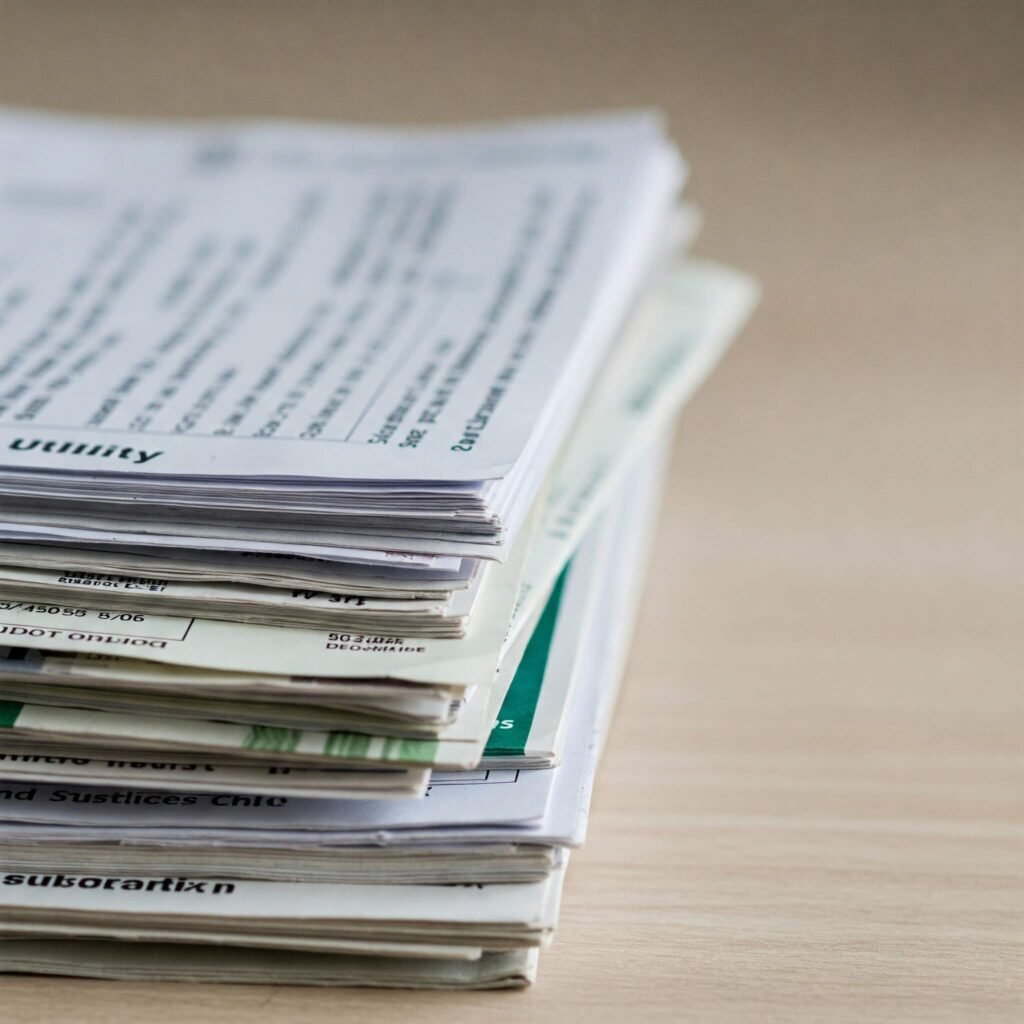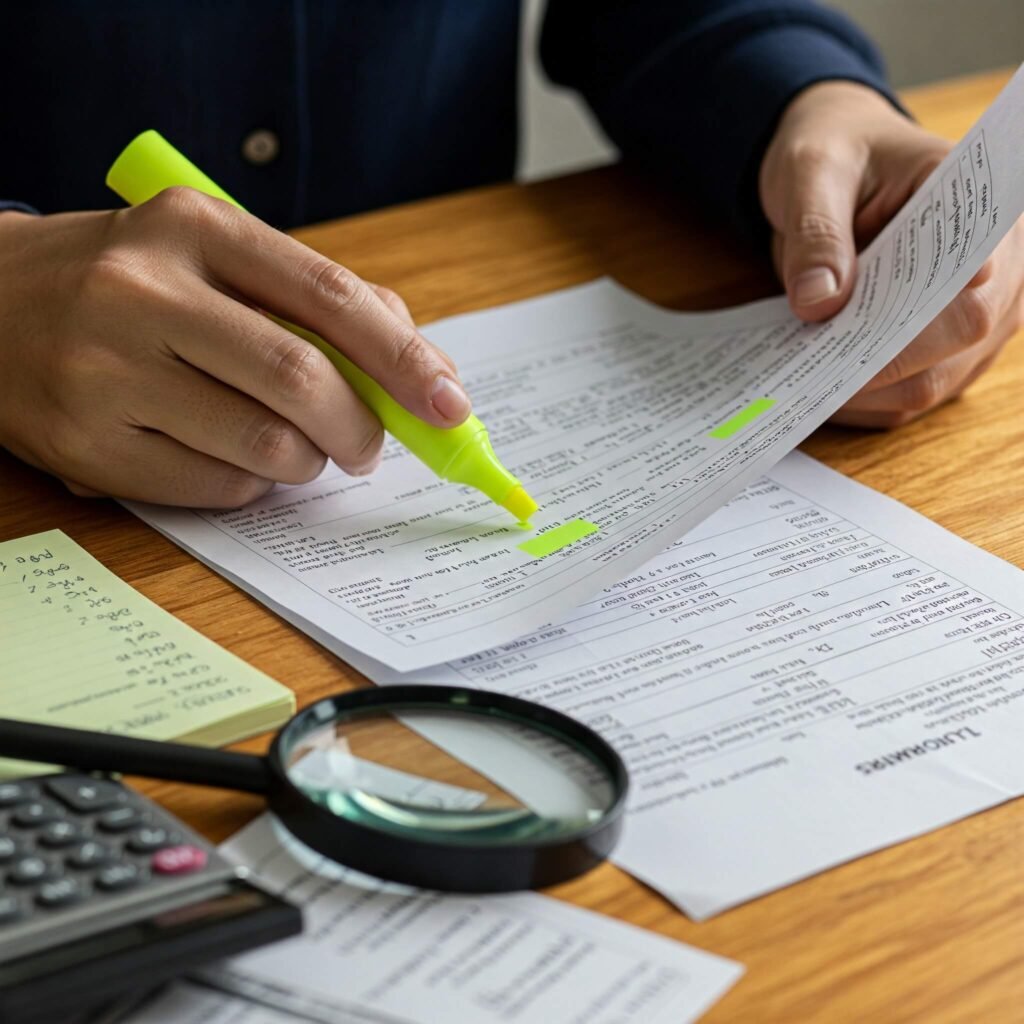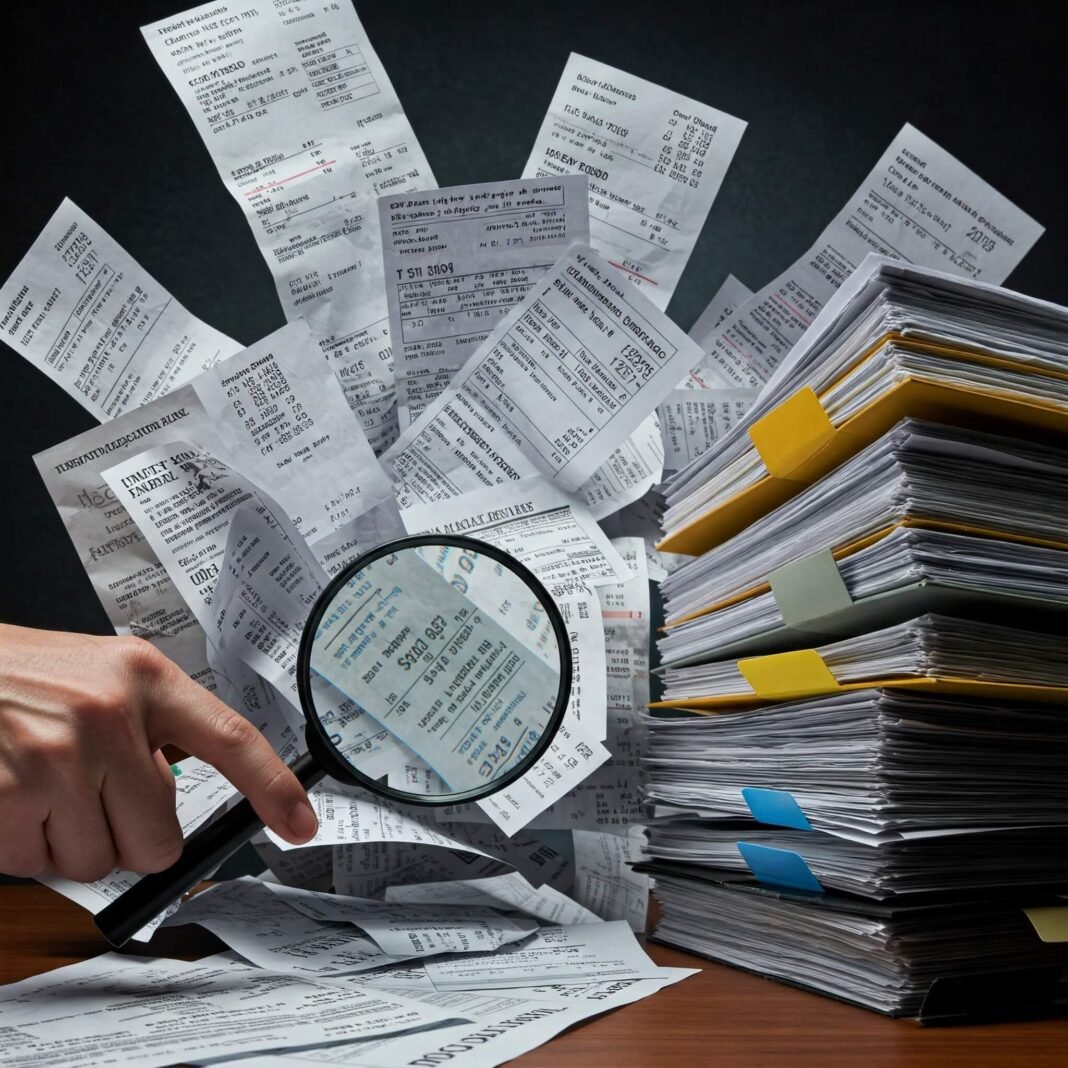Feeling like your bills arrive speaking a foreign language? You’re not alone. We dutifully pay them, often glancing only at the final amount due, perhaps grumbling about rising costs. While the media frequently reports on inflation, price hikes, and economic trends, there’s a crucial piece of the puzzle they often skip: how to perform a detailed bill breakdown to truly understand where your money is going and potentially find significant savings.
A superficial glance at the total is like reading only the headline of a complex story. The real narrative, the hidden fees, the subtle changes in charges, and the potential for errors, are buried within the line items. This post will guide you through the often-ignored art of a bill breakdown, revealing what the simplified media narratives miss, and empowering you to take control of your expenses.
Why Your Bill Needs a Breakdown: More Than Just Paying
Why should you invest time in a meticulous bill breakdown? Simple: your money is at stake. Bills aren’t just demands for payment; they are detailed records of services provided, rates charged, taxes levied, and sometimes, mistakes made. Relying solely on the media’s broad strokes means you might miss critical details specific to your consumption and your charges.
- Uncovering Hidden Costs: Many services have fees and surcharges that aren’t immediately obvious. A bill breakdown helps you identify these, question their necessity, and understand their impact on your total.
- Spotting Errors: Billing mistakes happen more often than you think – incorrect meter readings, duplicated charges, services you cancelled still appearing. A detailed bill breakdown is your best defense.
- Understanding Consumption: For utility bills, understanding how your usage translates to charges is key to reducing consumption and saving money. A bill breakdown clarifies this relationship.
- Negotiating Power: Knowing the specifics of your bill gives you leverage when negotiating with service providers for better rates or plans.
Beyond the Bottom Line: Unpacking Charges in a Bill Breakdown
The total amount is the conclusion, not the story. Every bill is composed of various elements, and a thorough bill breakdown requires looking at each one:
- Base Service Charge: This is the core cost for the service itself (e.g., cost per kWh of electricity, base rate for internet).
- Usage Charges: Variable costs based on how much you use the service (e.g., total kWh used, data overage).
- Fees and Surcharges: These can be regulatory fees, administrative fees, environmental surcharges, late fees, early termination fees, etc. They add up!
- Taxes: Local, state, and federal taxes can significantly impact the final amount.
- Past Due Balances/Credits: Previous billing cycles affecting the current total.
The media often reports on increases in the base cost of a service (like electricity rates going up), but they rarely deep dive into the proliferation and complexity of fees and surcharges that can quietly inflate your bill, often without a corresponding increase in service. Performing a detailed bill breakdown reveals these layers.

Common Bills Ripe for a Bill Breakdown
Let’s look at a few types of bills where a bill breakdown is particularly revealing:
Utility Bills: Shining a Light on Your Understanding bills
Electricity, gas, and water bills are notorious for complex rate structures, delivery charges, and various riders.
- What the Media Might Say: “Electricity prices are up 10% this year.”
- What a Understanding bills Reveals: Your delivery charges might have spiked more than the usage charge, or a specific “environmental rider” fee has doubled. You might find you’re on a suboptimal time-of-use plan you didn’t fully understand.
Medical Bills: Navigating the Bill Breakdown Maze
These are arguably the most confusing bills consumers receive, filled with arcane codes, multiple providers for a single service, and insurance adjustments.
- What the Media Might Say: “Healthcare costs continue to rise.”
- What a Bill Breakdown Reveals: A charge for a service you didn’t receive, incorrect coding that led to a higher cost, or a failure by your insurance to apply a negotiated rate. A Understanding bills here often requires cross-referencing with your Explanation of Benefits (EOB) from your insurer – another document needing its own breakdown!

Subscription Services: The Silent Killer of Your Bill Breakdown
Streaming services, software subscriptions, gym memberships – they seem small individually, but collectively they add up. The media rarely focuses on “subscription creep.”
- What the Media Might Say: “Consumers are cutting back on streaming.”
- What a Bill Breakdown Reveals: You’re paying for three streaming services you barely watch, a software you haven’t opened in six months, or a premium gym membership you use once a month. A bill breakdown of your monthly statements (bank or credit card) can identify these recurring costs you might have forgotten about.
Your Personal Bill Breakdown Strategy: Taking Action
Ready to stop just paying and start understanding? Here’s a simple strategy for your personal bill breakdown:
- Gather Your Bills: Collect statements for a few months for the service you want to analyze – utilities, phone, internet, etc.
- Go Line by Line: Don’t just look at the total. Read every single line item. What is it for? Is it a fixed charge or usage-based? Has it appeared before?
- Look for Red Flags During Your Understanding bills:
- Unexplained increases in fees or surcharges.
- Services listed that you didn’t authorize or no longer use.
- Estimated readings instead of actual readings (for utilities).
- Sudden, unexplained spikes in usage or charges compared to previous months.
- Confusing or vague item descriptions.
- Compare Over Time: Lay out 3-6 months of bills side-by-side. Look for trends, inconsistencies, and significant jumps in cost for specific line items.
- Question Everything: If you don’t understand a charge or suspect an error, contact the service provider. Be polite but firm. Ask for an explanation or correction. Don’t accept a vague answer.

Unlock Savings with a Thorough Bill Breakdown
The ultimate payoff of a detailed bill breakdown is often discovering ways to save money.
- Identify Waste: Find recurring charges for unused services or features you don’t need. Cancel them!
- Correct Errors: Get credited for incorrect charges. This can sometimes amount to significant savings.
- Optimize Usage: Understanding how you’re charged for utilities empowers you to adjust behavior and lower consumption.
- Negotiate Better Deals: Armed with knowledge from your bill breakdown (like competitor rates or historical usage), you can call providers and ask for a better plan or discount.
Conclusion: Empower Yourself with a Understanding bills
While the media provides valuable macroeconomic context, they rarely give you the micro-level tools to manage your personal finances effectively at the most basic level: paying bills. Mastering the bill breakdown is an essential skill in today’s complex financial landscape. It moves you from being a passive payer to an active manager of your money.




